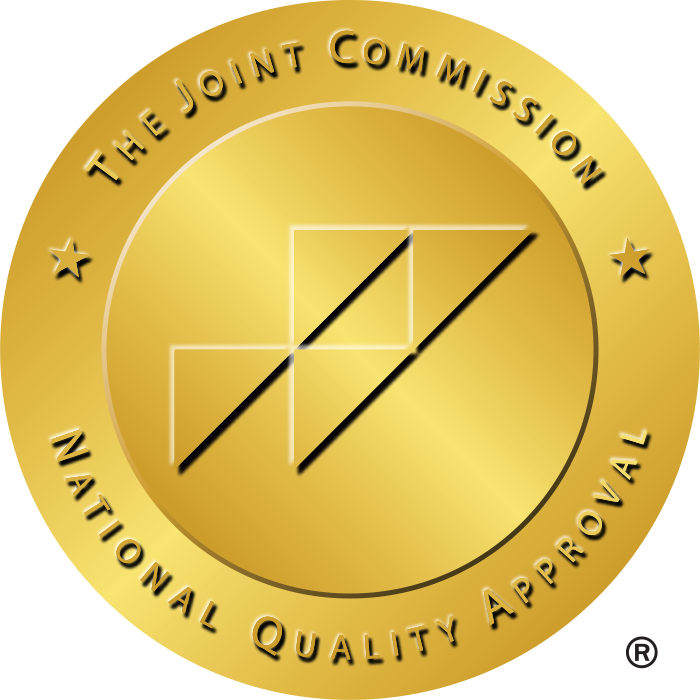One of the best things about being a travel nurse is the ability to explore diverse healthcare settings while saving lives. However, you need to find time in your busy schedule to do meaningful things.
This is where your free time comes in. While limited, it can be the best way to recharge yourself, personally grow, and enjoy the new location at your travel nursing assignment. So, how do you make the most of your free time as a travel nurse?
This article will provide all the tips you need to maximize those precious moments of freedom and enjoy your journey as a travel nurse. It will be divided into three sections: how to enjoy your time, grow professionally, and achieve a work-life balance.
Keep reading!
Why You Need to Make the Most of Your Free Time in Travel Nursing
While your job as a travel nurse can be extremely rewarding, it is also demanding, including long hours, irregular shifts, and quick thinking. Failing to find time to recharge yourself can cause your body to be overwhelmed physically and mentally, thereby ruining your performance at work.
In other words, your free time is meant to help you strike a work-life balance where you can unwind from being a superhero all day and week and become the regular you. Take the time to do normal activities at your own pace and replenish your mind and soul.
Strategies to Maximize Free Time Effectively
Basically, free time is precious for a travel nurse as it’s perfect for recharging, exploring, and growing. By properly planning your free time, you can make the most out of it and enjoy your assignment as a travel nurse.
Here are some strategies to maximize your free time:
1. Prioritizing Self-Care
As a travel nurse, the most productive use of your free time is to take care of yourself physically and mentally. It is critical to your health and well-being that you rest, exercise, and eat properly, especially with emotionally and physically demanding assignments.
In terms of mental health, you can also ‘exercise’ by journaling, guided meditation or even stretching, which is less strenuous than going to the local gym. Mainly, make it a point to do things that bring you happiness.
This could mean playing a favorite video game, taking a walk, or immersing themselves in a good novel. Whatever you choose, remember to enjoy your free time by taking care of your body and mind.
2. Exploring the Local Area
Once you have sorted your personal health, the following step is to explore the local area to create some unforgettable memories during your travel nursing job. Appreciate the local landmarks, enjoy the famous dishes, and deepen your understanding of the local customs.
Social media networks display many places of interest, and so do Google Maps and TripAdvisor, so you can use such apps to find prominent places. Also attend local events or local festivals during your free time.
All these activities will not only broaden your scope of understanding but create memories to share with your relatives and friends for a lifetime. Basically, after taking care of patients, make it a point to “touch grass.”
3. Building Connections
Relaxation is not only about eating well and taking invigorating walks; it also concerns the people you associate with. This social aspect is important because you will be away from family and friends, as well as meeting new people, which can ease the feeling of emptiness you may have during your assignment.
Make an effort to relate with your coworkers, other traveling nurses, or even the locals as these will make your stay more happy and social. You can try to meet other health workers by attending hospital functions, enrolling in local clubs, and participating in regional meet-up events.
In addition to fighting loneliness, interacting with other people who share similar values and interests equips you with useful contacts for your career endeavors. You get what is essentially a network to support your personal well-being and professionally advance your career.
Work On Personal Growth and Professional Development
Making the most of your free time goes beyond relaxation; you need to use this period to invest in personal and professional growth. Use this time to explore new hobbies, learn new skills, or discover new ways to move your nursing career forward.
Here are some tips to maximize your time for personal and professional growth as a travel nurse:
1. Learning New Skills
Your free item as a travel nurse can be the best for expanding your horizon through learning. You can pick a new hobby or skill that either adds joy or variety to your life, while, at the same time, making you more well-rounded.
Some common interests people take include learning a new language, photography, and cooking. You can get this information on top online learning platforms like YouTube, Coursera, or Udemy, along with thousands of other topics.
It’s worth emphasizing that this new information learnt doesn’t have to be recreational. You can get skills like digital marketing or public speaking to improve your career or open new doors to more lucrative opportunities.
2. Advancing Career Opportunities
Still on the topic of advancing your career and preparing for new opportunities, you can use downtimes to pursue additional nursing certifications. These include Advanced Cardiac Life Support (ACLS) or Pediatric Advanced Life Support (PALS), which will add value to your resume.
You can get these certifications through online learning platforms like NursingCE or Kaplan, which are ideal for continued education while on traveling assignments. In the meantime, you can discover job or mentorship opportunities by actively networking through Linkedin or nursing organizations.
Regardless, your property should be to spend part of your free time advancing your career and reinforcing your passion. Doing this makes every assignment rewarding financially, personally, and professionally.
Bonus: Maintaining a Healthy Work-Life Balance
While all these tips are excellent strategies, failing to strike a work-life balance will make them almost impossible to apply to your personal life. To achieve this balance, you need to start planning activities for your free time and committing to doing them.
Make these plans more concrete with calendar apps or planners that can arrange your schedule in advance. Ensure your calendar includes small but meaningful moments of joy or relaxation, whether it’s enjoying a cup of coffee or calling your loved ones between shifts.
Another key aspect of striking a work-life balance is knowing how and when to say no. Learn to say no to any extra responsibilities other than scheduled shifts. Taking on more work than necessary is how burnout happens quickly.
When work and personal life are balanced, you can begin to fall in love with work and even look forward to your duties. You’ll feel energized, motivated, and refreshed, making travel nursing even more rewarding.
Conclusion
In the end, you decide how to spend your free time, whether you prefer to take a deep nap, play a video game, read a book, or watch a movie. What matters is that the activity gives you joy and relaxes your body and mind.
However, if you want help maximizing your time, we recommend exploring your surroundings, prioritizing self-care, and connecting with others. You can also take the time to learn new skills, whether professionally or vocationally.
Above all, strike a good work-life balance to avoid getting burnt out or spending all your time unwinding from work. You can achieve this balance by learning how to say no to excess work, arranging your schedule, and filling your calendar with meaningful activities.







